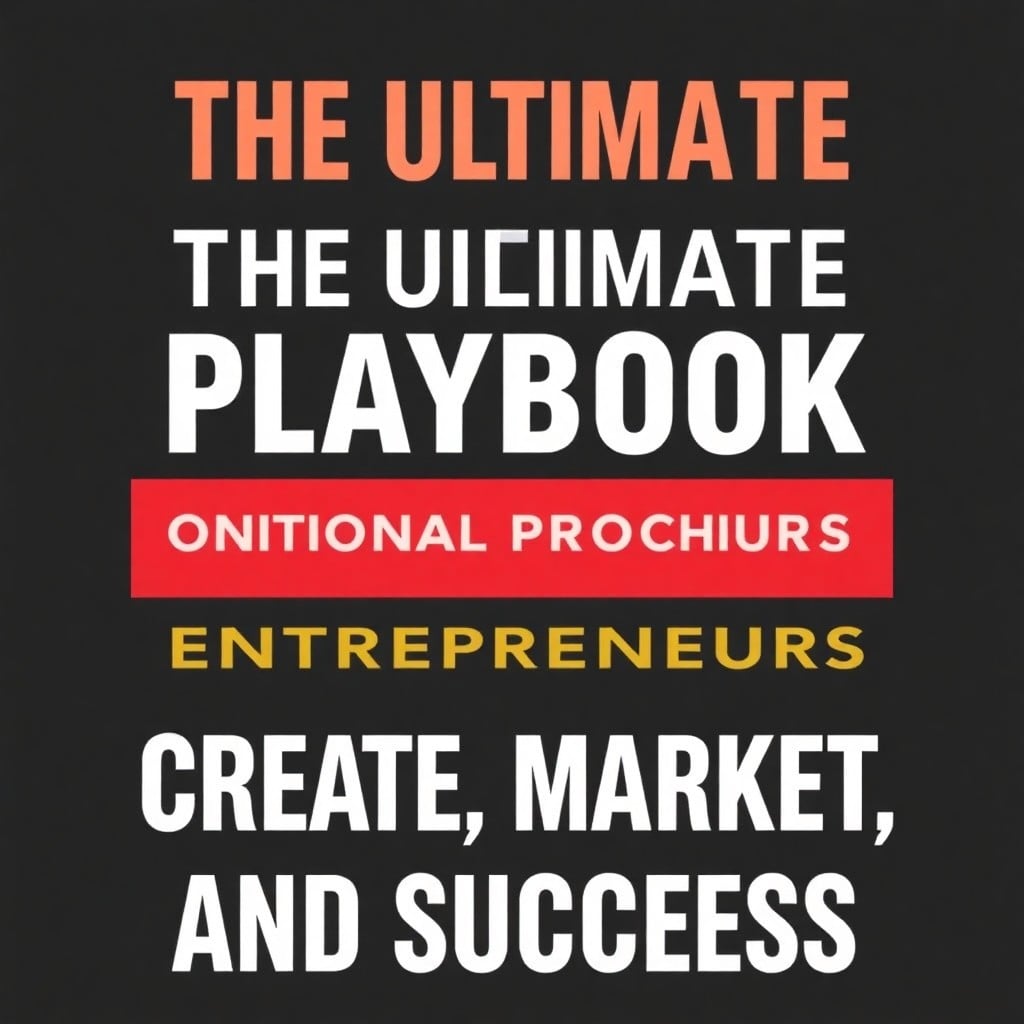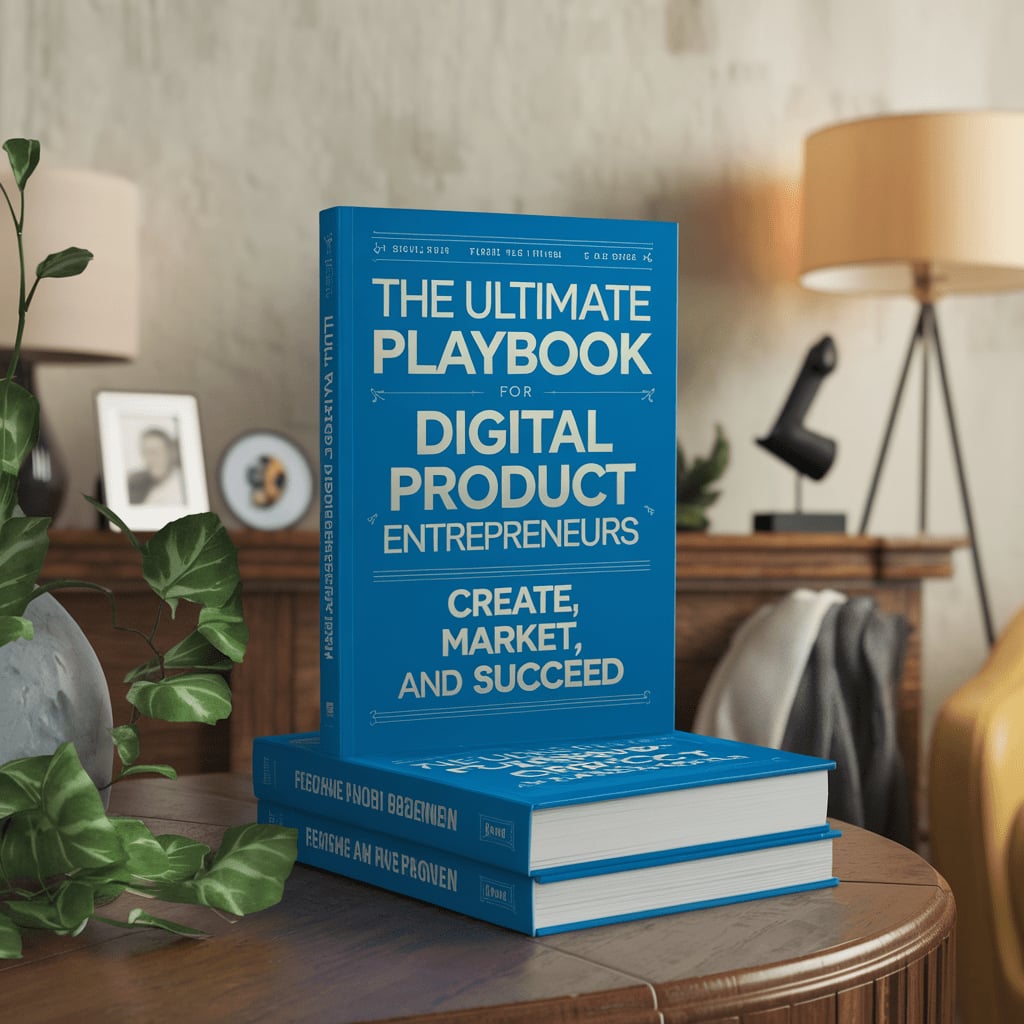If you’re an expert in a particular area or have valuable knowledge, e-books and guides are a cost-effective way to share your insights. For example, you can write an instructional guide on a specific skill, such as “How to Start Freelancing,” or niche topics like “Vegan Meal Prep for Beginners.”

These products are easy to distribute through platforms like Amazon Kindle, Gumroad, or your website. Online courses: Online courses allow you to teach skills in a structured way using video tutorials, audio lessons, and supplementary text. Whether you’re teaching photography, coding, language learning, or fitness, courses can be hosted on platforms like Udemy, Teachable, or Skillshare. Including interactive features such as quizzes and assignments can boost engagement and improve the learning experience. Templates and printables: These are pre-designed digital resources that save users time and effort. Examples include budgeting spreadsheets, wedding planning templates, social media post designs, or printable calendars.
Tools like Canva or Adobe Illustrator can help you create professional-quality templates. These products are especially popular on platforms like Etsy. Software/apps: If you have programming skills, creating software or apps that address specific problems can be highly lucrative. Examples include productivity tools, budgeting apps, or niche-specific solutions like fitness trackers or language learning tools. Platforms like the App Store and Google Play are great for distribution. Stock photography/graphics: If you’re a photographer or graphic designer, you can sell your work as stock images, icons, or other visual assets. Creators and businesses often purchase these to use in their projects. Websites like Shutterstock, Adobe Stock, and iStock are popular marketplaces, or you can sell them directly through your website. Digital art/NFTs: Digital art and NFTs (non-fungible tokens) are ideal for artists looking to monetize their creations. With NFTs, you can sell unique digital assets verified through blockchain technology. Platforms like OpenSea and Rarible are commonly used for NFT sales, while traditional digital art can be sold on marketplaces like DeviantArt or ArtStation. Membership sites: Create ongoing, exclusive content for subscribers in exchange for a recurring fee. This could include things like premium tutorials, access to exclusive webinars, or a private community. Platforms like Patreon, Substack, or Memberful make it easy to manage memberships and offer tiered subscription options.
Getting Started Identify your expertise: Reflect on your skills or knowledge that others find valuable. For instance, are you good at teaching, designing, or problem-solving?
Think about what you are passionate about as well, as this will help sustain your motivation. Consider niches where you already have credibility or experience, such as hobbies, professional expertise, or life lessons. Research your market: Before creating your product, validate its demand. Use tools like Google Trends, social media groups, and keyword research tools like Ahrefs or SEMrush to understand what people are searching for. Analyze competitors in your niche to identify gaps in their offerings or ways to differentiate your product.
Create a high-quality product: Focus on solving a specific problem or fulfilling a particular need. For example, if you’re creating an online course, make sure it includes clear learning objectives, well-organized lessons, and engaging content. Invest in good tools for production, such as a quality microphone for recording audio or software like Adobe Creative Cloud for design. Build a simple sales platform: Decide where to sell your products. You can use established platforms like Amazon, Etsy, or Udemy, which already have an audience, or create your own online store using tools like Shopify or WordPress with plugins like WooCommerce.
Ensure your platform is easy to navigate and provides a seamless purchasing experience. Develop a marketing strategy: Use a combination of marketing techniques to build awareness and drive sales. Content marketing, such as blog posts or videos, can showcase your expertise. Social media platforms can help you reach your target audience, while email marketing allows you to engage with subscribers and build long-term relationships. Paid ads can also be considered for faster results. Tips for Success Start small and expand your product line as you learn: Begin with one product to test the waters.
For instance, if you’re creating e-books, launch a single title and gather feedback before expanding into a series or related topics. This allows you to refine your process and minimize the risk of over-investment. Price based on value provided, not just time invested: Determine your price by considering the impact your product has on the buyer. For example, an online course that teaches a high-income skill like coding can be priced higher than a simple e-book. Research competitor pricing to ensure you’re competitive but not undervaluing your work.
Collect testimonials and reviews to build credibility: Positive feedback from satisfied customers can significantly boost your sales. Encourage buyers to leave reviews or testimonials by offering small incentives, such as discounts on future purchases. Display these reviews prominently on your sales pages. Create complementary products that solve related problems: For instance, if you sell a course on social media marketing, you could offer templates for creating Instagram posts or an e-book on advanced marketing strategies. Bundling these products can also increase your average order value. Consider both one-time purchases and subscription models: Depending on your product type, you may want to offer subscriptions for ongoing revenue.
For example, a membership site with exclusive content or a software product with regular updates could use a subscription model, while e-books and templates might work better as one-time purchases. By following these steps and tips, you’ll be better equipped to create, market, and sell digital products successfully. Would you like further details on any specific category or step?

